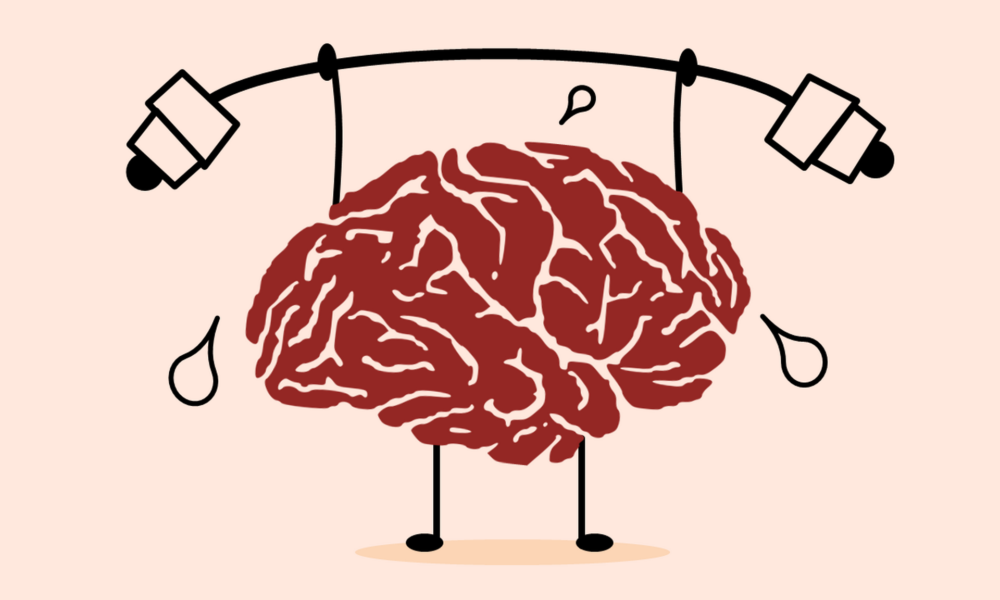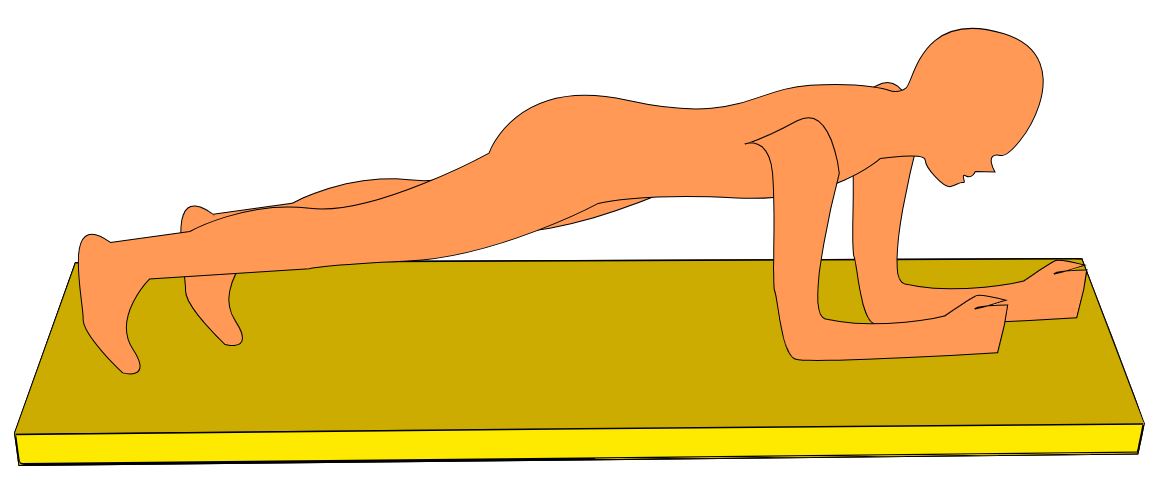
Exercises to Boost Brain Health
Both aerobic exercise and resistance training help prevent cognitive decline, which refers to issues related to a “person’s thinking, memory, concentration, and other brain functions beyond what is typically expected due to aging.”
That’s according to researchers who reviewed studies on exercise and cognition to learn which methods offer the greatest benefit. “Aerobic exercise was shown to improve cognitive ability, while resistance training was most effective on enhancing executive function, memory and working memory.”
What else did the brain specialists find? That the research “overwhelmingly shows that exercise is one of the most important daily habits to include to prevent cognitive decline.”
We’ve known for quite a while now that exercise is good for the body. In fact, “Hippocrates wrote about the dangers of too little activity (and too much food). Tai chi, an exercise system of graceful movements that originated in China, dates from the 12th century B.C. Yoga’s roots in India go back much further,” as recalled in a Harvard article. But now we know that physical training also helps the brain. “Exercise can reduce the symptoms of depression, and it changes the brain in ways similar to antidepressant medications. In old age, physical activity may delay the slide of cognitive decline into dementia, and even once that process has started, exercise can improve certain aspects of thinking.”
One important study concludes that, “Exercising for at least 52 hours [in sessions lasting approximately an hour] is associated with improved cognitive performance in older adults with and without cognitive impairment. Exercise modes supported by evidence are aerobic, resistance (strength) training, mind–body exercises, or combinations of these interventions.”
Neuroscientist Ebony Glover helps us understand why exercising is good for brain health: “Physical activity appears to lead to neurogenesis [the formation of new neurons in the brain], neuroprotection [the prevention of neuronal cell death] and cognitive improvements, primarily through the production of chemicals called neurotrophins.” These are proteins that affect the survival, development, and function of neurons. Glover explains, “Exercise can generate and protect new neurons, and increase the volume of brain structures, leading to overall improved cognition and health in general.”
Moderate aerobic exercise includes brisk walking; slow, steady biking; swimming; mowing the lawn; and even doing certain household chores such as sweeping, scrubbing dishes, and dusting. Vigorous aerobic exercise includes activities such as running; swimming laps; heavy yard work; and aerobic dancing.
Resistance or weight training often includes lifting weights, such as dumbbells, but weights or machines are not absolutely necessary. Push-ups, lunges, and squats constitute this type of training, as do walking up stairs, carrying groceries, and picking up children, which all require some strength.
So what’s a simple and good exercise program to enhance brain health? The nonprofit medical center, Mayo Clinic, recommends the following per week:
– at least 150 minutes of moderate-intensity aerobic activity (or, for even more health benefits, 300 minutes of moderate aerobic activity)
– at least 75 minutes of vigorous aerobic activity
– at least 2 sessions of resistance training exercises for all major muscle groups with a weight or resistance level heavy enough to tire the muscles after 12-15 repetitions.
One example of a weekly exercise plan comes from EatingWell, a food and health website and source of articles on wellness and health topics:

Plank exercise (Image: Pk0001, CC BY-SA 4.0, via Wikimedia Commons)
– 2 days of moderate- to vigorous-intensity cardiovascular exercise (20- to 30-minute sessions of brisk walking, running, biking 10 miles/16 kilometers per hour or faster, rowing, elliptical, swimming laps, jumping rope, etc.)
– 2 days of resistance training (20- to 30-minute sessions of lifting weights, body-weight exercises or an at-home workout that includes squats, planks, jumping jacks, lunges, and crunches and sit-ups)
– 2 days of moderate-intensity cardiovascular exercise (20- to 30-minute sessions of ballroom or social dancing, gardening, biking slower than 10 miles/16 kilometers per hour, etc.)
– 1 day of rest, including deep breathing exercises.
At a minimum, however, it’s recommended to engage in at least 30 minutes of moderate physical activity every day.
Dr. Glover suggests that maintaining a steady exercise routine is very important: “The science shows that if this is done over the course of at least six months to a year, there should be noticeable improvements in brain health and overall cognitive functioning in all adults, but especially in older adults.”
For those who aren’t very active but want to boost their physical fitness and brain health, a good way to move more is to sit less. And a simple way to sit less is to start walking, gradually building up to 150 minutes per week to derive maximum benefits. According to the Mental Health Foundation, “Even a short burst of 10 minutes of brisk walking increases our mental alertness, energy and positive mood.”


